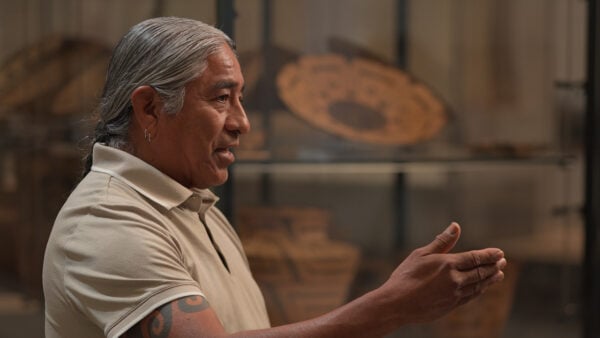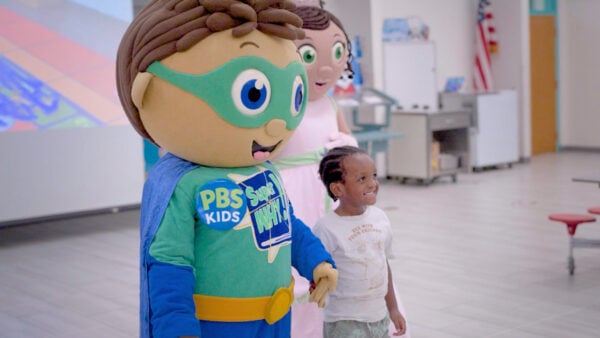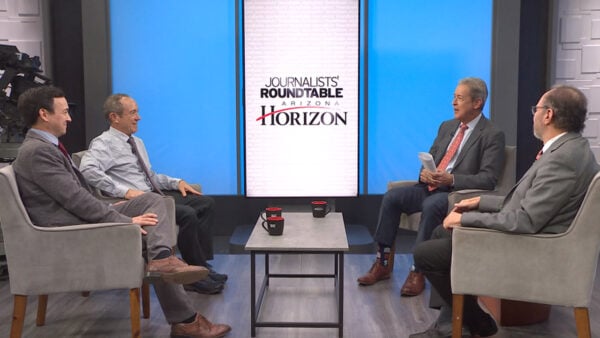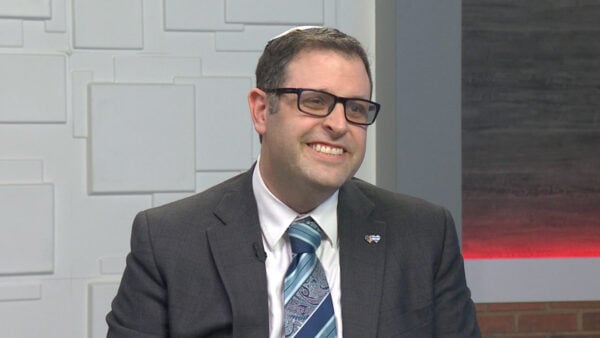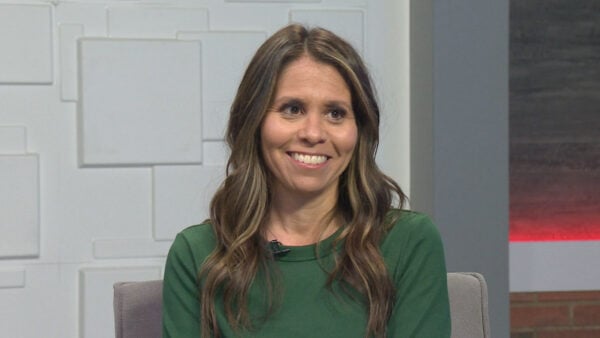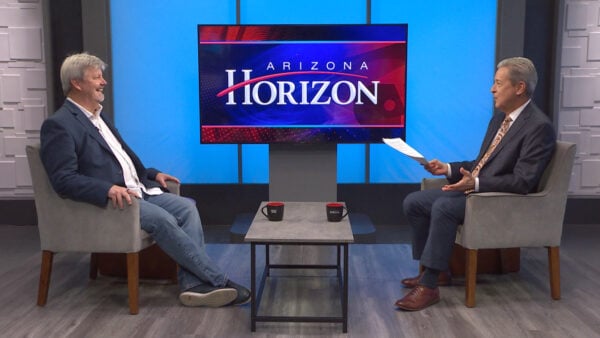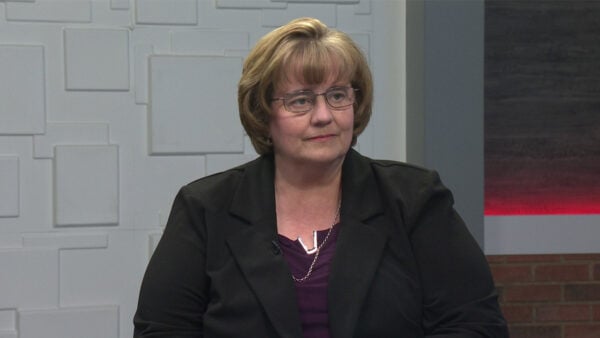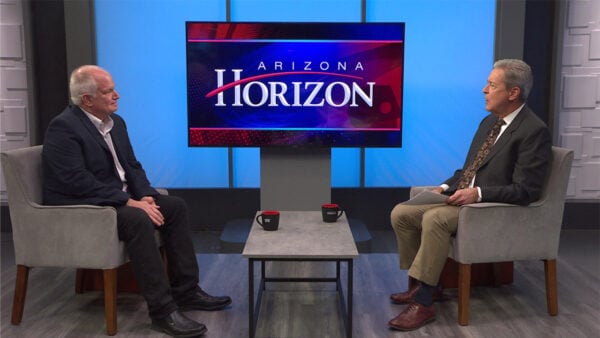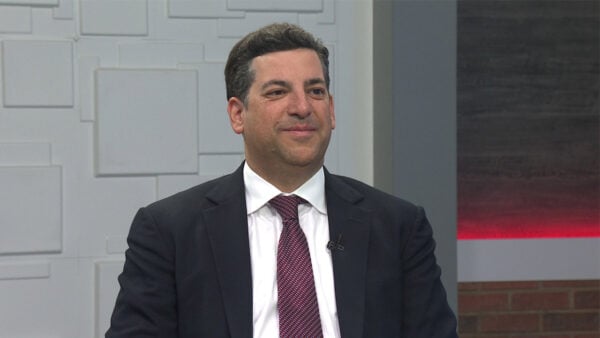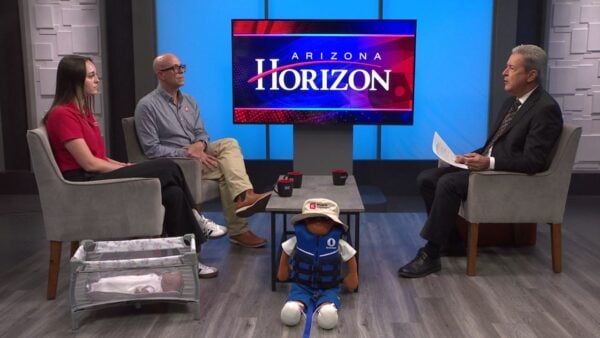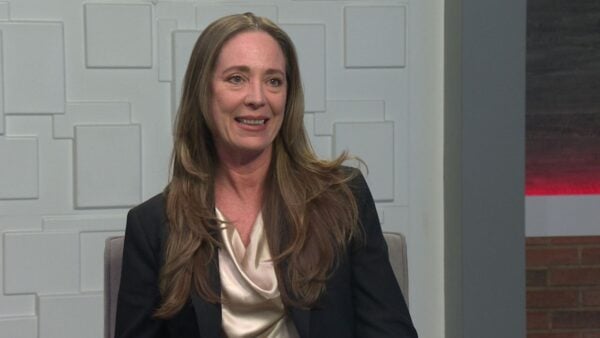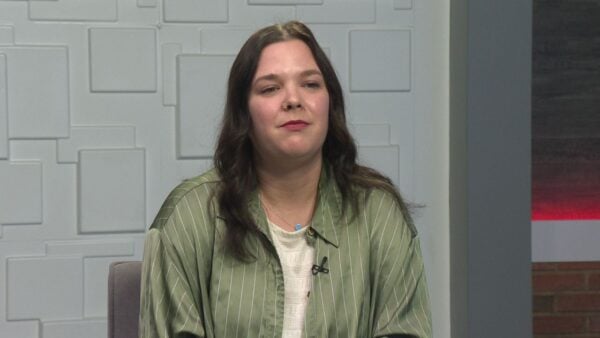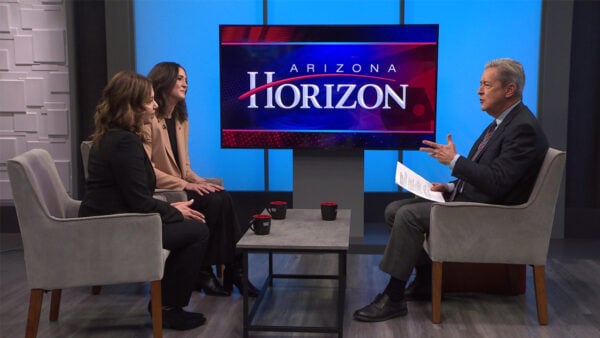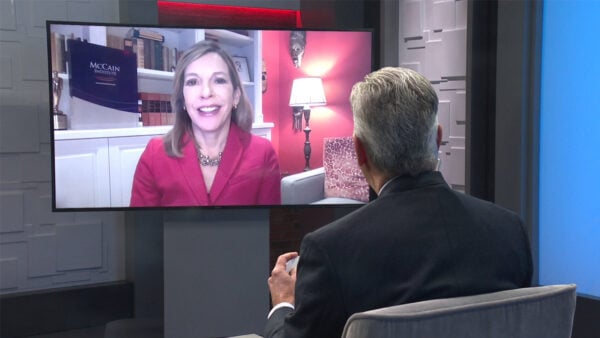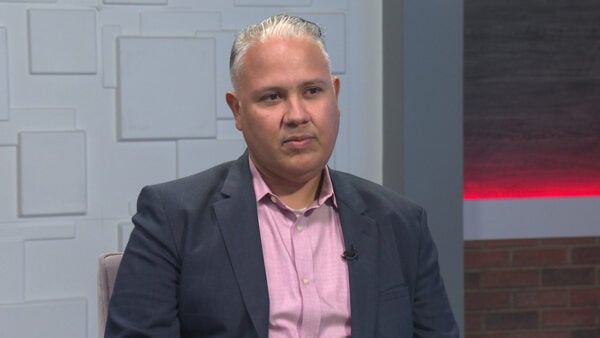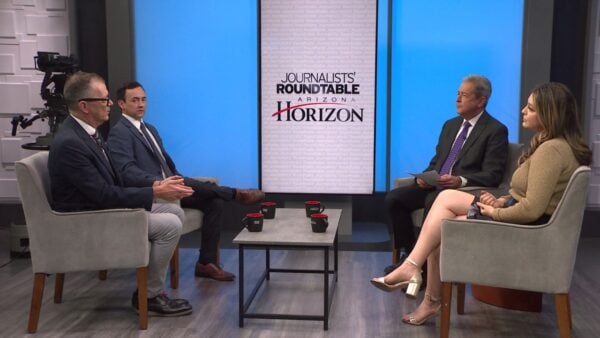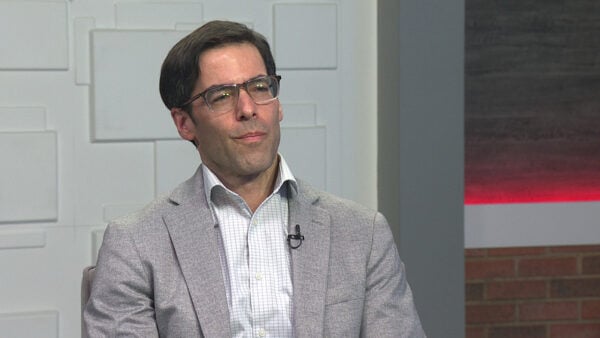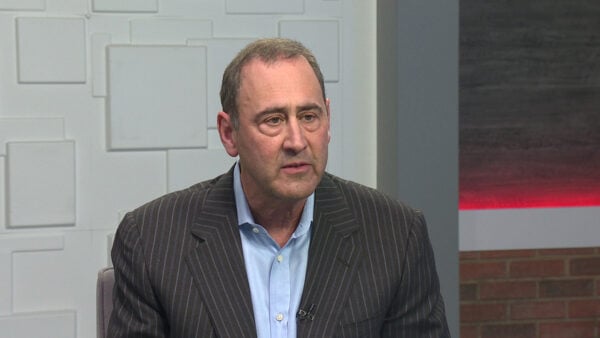Doctor shares ways to avoid injuries from pavement burns
July 30
Officials are urging the public to take precautions this summer to avoid injuries from pavement burns.
Over the past few years, healthcare providers have seen an increase in the number of patients with injuries from pavement burns. In the summer of 2024, Valleywise Health’s Arizona Burn Center saw a record number of 157 patients with pavement burns.
Of those 157 patients with pavement burns, 30% of the patients needed treatment in the Intensive Care Unit, and 13 patients died.
Dr. Kevin Foster, Director of Valleywise Health’s Arizona Burn Center, joined “Arizona Horizon” to discuss the specific precautions people should take to avoid injuries from pavement burns.
“Since 2020, we’ve seen an increase in the average temperature in the summertime,” Dr. Foster explained, “…and we’ve seen a disproportionate rise in the number of people suffering heat stroke and pavement burns.”
According to Dr. Foster, officials haven’t figured out what is causing these numbers to rise, but homelessness and drug use are both big factors.
“It has something to do with our increasing population, has a little bit to do with our aging population,” Dr. Foster explained. “…but even that doesn’t really account for it, so we haven’t really figured it out yet.”
Dr. Foster noted black asphalt in Arizona can reach up to 170 degrees. And almost all of these burns are preventable.
“If you don’t need to go out, don’t go out,” Dr. Foster said. “If you have to go out, wear protective clothing…try and stay away from really hot surfaces,” he added.
Dr. Foster warned that if you have a hard time keeping your balance or have a lower amount of strength in your legs, then you should make sure you have sturdy shoes or a cane to prevent you from falling.
Heat concerns don’t just exist on pavement but everywhere that isn’t shaded. In Phoenix, an often overlooked factor contributing to extreme weather is the direct sunlight.
“The interior of a car with black leather or upholstery can be 140 degrees,” Dr. Foster said.
Dr. Foster also noted that kids and families need to take precautions as well when spending time around playground equipment.
“In Arizona, most of our playground equipment is shaded, and most of it is painted with paint that is relatively cool even in hot temperatures,” Dr. Foster noted. “…but there are other surfaces, shiny metal, pavement, concrete, that can also get very hot, and often you are not aware of that.”
